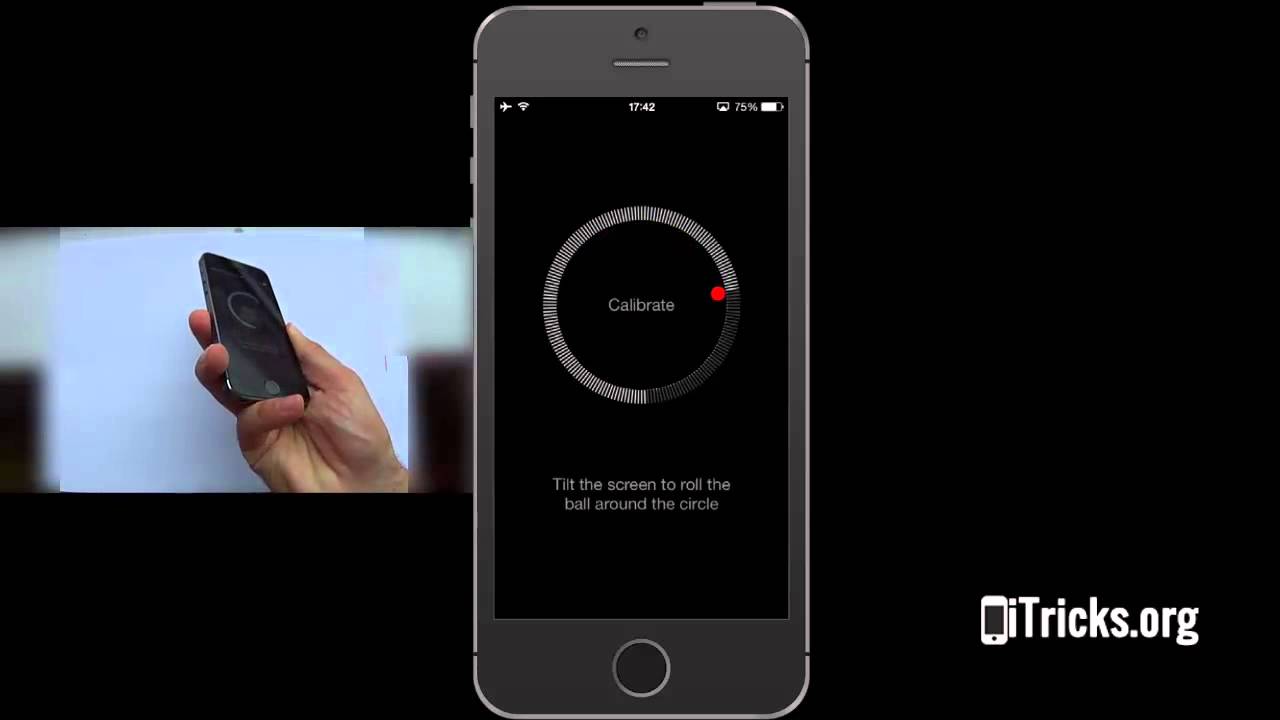Your iPhone’s screen may not be calibrated correctly, which can lead to inaccurate touch input and a host of other problems. Luckily, it’s easy to calibrate your iPhone screen using the built-in calibration tool. In this article, we’ll show you how to do it.
What is iPhone screen calibration and why do you need to calibrate it?
iPhone screen calibration is the process of adjusting your iPhone’s display so that it responds accurately to your touch. If your iPhone’s screen isn’t calibrated, you may experience problems such as inaccurate touch input, ghosting (when images appear to linger on the screen after you’ve touched them), and other issues.
How to calibrate your iPhone screen
Calibrating your iPhone screen is easy, and only takes a few minutes. Just follow these steps:
1) On your iPhone, go to Settings > General > Accessibility > Display Accommodations.
2) Tap on Color Filters, then tap on Color Tint.
3) Adjust the Hue and Saturation sliders until the screen looks normal to you.
4) Tap on Done when you’re finished.
Another way to calibrate your iPhone screen is to use a third-party app. There are a number of apps available that can help you calibrate your screen, and they typically offer more features and options than the built-in calibration tool.
How often should you calibrate your iPhone screen?
You should calibrate your iPhone screen whenever you notice that it isn’t responding accurately to your touch. You may also want to calibrate your screen if you’re having other problems, such as ghosting or image retention.
Common problems that can occur if your iPhone screen isn’t calibrated correctly
If your iPhone screen isn’t calibrated, you may experience problems such as:
– Inaccurate touch input: If your screen isn’t calibrated, your iPhone may not register your touch accurately. This can make it difficult to perform tasks such as typing or opening apps.
– Ghosting: Ghosting is when images appear to linger on the screen after you’ve touched them. This can be caused by an uncalibrated display.
– Poor image quality: An uncalibrated display can also cause images to appear fuzzy or distorted.
How to fix those problems
If you’re experiencing any of the problems listed above, the solution is to calibrate your iPhone screen. Just follow the steps in section 2 of this article and you should be good to go. Another thing you can try is resetting your iPhone’s display settings. This can be done by going to Settings > General > Reset > Reset All Settings.
Additional tips and advice for keeping your iPhone screen calibrated correctly
Here are a few additional tips for keeping your iPhone screen calibrated correctly:
– Avoid using screen protectors: Screen protectors can interfere with the calibration process, so it’s best to avoid them if possible.
– Use genuine Apple products: If you do use a screen protector, make sure it’s a genuine Apple product. Cheap knock-offs can cause problems.
– Keep your iPhone clean: Dirt, dust, and fingerprints can all interfere with the calibration process, so make sure to keep your iPhone clean.
Follow these tips and you should have no problem keeping your iPhone’s screen calibrated correctly.
Conclusion
If your iPhone screen isn’t calibrated correctly, you may experience a variety of problems such as inaccurate touch input, ghosting, and poor image quality. Luckily, it’s easy to calibrate your iPhone screen using the built-in calibration tool. Just follow these simple steps.
